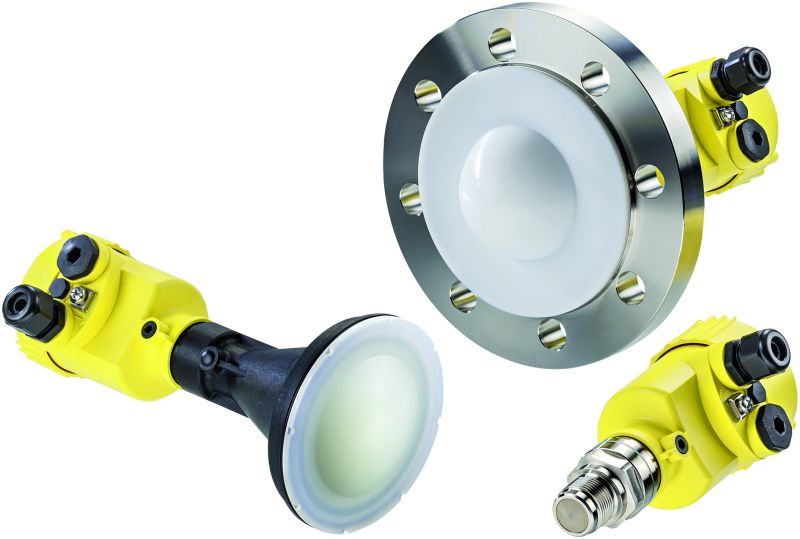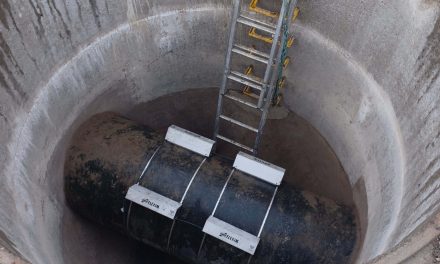 First radar level gauge for liquids with 80 GHz
First radar level gauge for liquids with 80 GHz
VEGA introduces VEGAPULS 64, the first contactless radar level transmitter on the market for liquids that measures at 80 GHz frequency. This feature allows considerably tighter focusing of the radar beam. With this new instrument, measuring is much easier and more reliable, even under difficult conditions, such as tanks fitted with heating coils, baffles or agitators.
Until now, a typical radar sensor with a transmission frequency of 26 GHz and an 80 mm-diameter antenna had a beam angle of approximately 10°. With the same size of antenna, the VEGAPULS 64 has a beam angle of only 3°. This allows the sensor to be used even in vessels with internal installations or heavy build up on the walls, as its focused microwave beam simply avoids these obstacles. Conversely a small ¾” antenna has a beam angle the same as an 80mm diameter radar using 26GHz.
 The larger the dynamic range of a radar sensor, the higher the measurement certainty and the wider the range of applications. Until now there was no radar sensor for liquidon the market with a dynamic range as wide as VEGAPULS 64. This means that media with very poor reflective properties, i.e. a low dielectric constant, like liquid gasses and pure solvents can now be measured, easily and accurately. Even foam, turbulent product surfaces, condensation or build up on the antenna are no problem for VEGAPULS 64 radar sensors. It has an accuracy of +/-2 mm, even with a measuring range of 30 m.
The larger the dynamic range of a radar sensor, the higher the measurement certainty and the wider the range of applications. Until now there was no radar sensor for liquidon the market with a dynamic range as wide as VEGAPULS 64. This means that media with very poor reflective properties, i.e. a low dielectric constant, like liquid gasses and pure solvents can now be measured, easily and accurately. Even foam, turbulent product surfaces, condensation or build up on the antenna are no problem for VEGAPULS 64 radar sensors. It has an accuracy of +/-2 mm, even with a measuring range of 30 m.
The new radar level sensor VEGAPULS 64 is not only ideal for wide use in the chemical and petroleum sectors, but also in the pharmaceutical and food industries, because of its hygienic materials and design. The relevant approvals for this sector, such as 3A and EHDEG, are available at launch. Thanks to its small antenna – the diameter of the smallest version is no larger than a 1-euro coin – it results in very compact process fittings, which means the sensor can offer an interesting alternative for confined spaces in small vessels. In addition to applications in mainstream manufacturing and processing industries, the sensors open up application possibilities in pilot plants and even laboratories, which, for space reasons, had to do without radar level measurement technology until now.
For more information: www.vega.com/radar


